Jeremiah Johnson and the Rendezvous at Pierre’s Hole
Jeremiah Johnson was just Hollywood fiction, right?
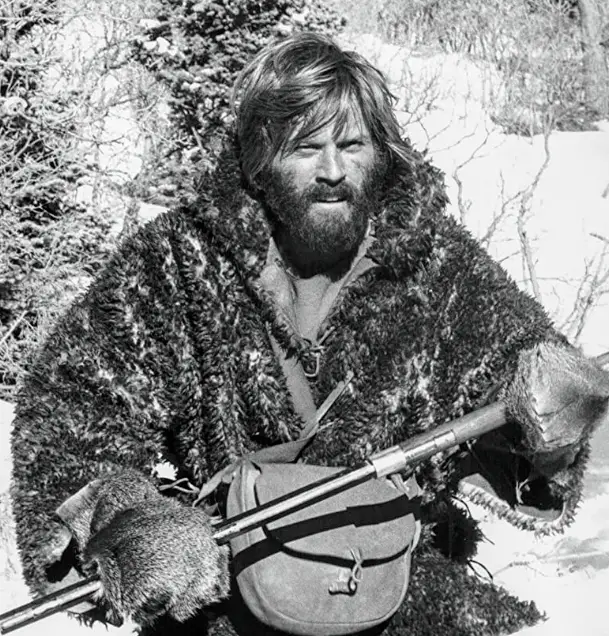
Photo: Stanley Bielecki Collection
We begin with mountain men, one in particular, but we do end up sharing some interesting things about a beautiful and a real place in southeastern Idaho called Pierre’s Hole. Bear with us. (No pun intended.)
There is one very famous mountain man in America. He is: Jeremiah Johnson. He is so famous that a movie starring Robert Redford was made about him in the early 1970’s. That movie was made mostly from a novel written by Vardis Fisher called: Mountain Man. It turns out that Fisher’s novel is based on a real-life character called: John (“Liver Eating”) Johnston. (How he got the nickname “liver eating” is really interesting. It will need to be a separate article here on TheCuriousOnlooker.)
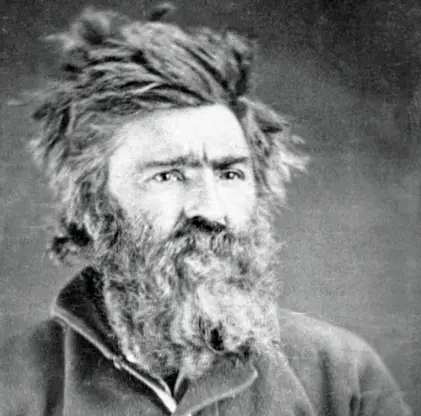
Photo: John H. Fouch, c. 1870
So how does this mountain man connect with Pierre’s Hole in Idaho? Pierre’s Hole is the location of perhaps the most famous gathering of mountain men ever…the Rendezvous of 1832.
Mountain men were explorers, adventurers that lived in the wilderness of the Rocky Mountains of the American West. In the history of America, mountain men had most of their influence between 1810 and 1880. They opened new trails between the populated east and the unexplored west. These trails began to be used more and more. Soon wagon trains began a steady stream from east to west. These trails included the Oregon Trail, the California Trail, the Mormon Trail, and the Santa Fe Trail.
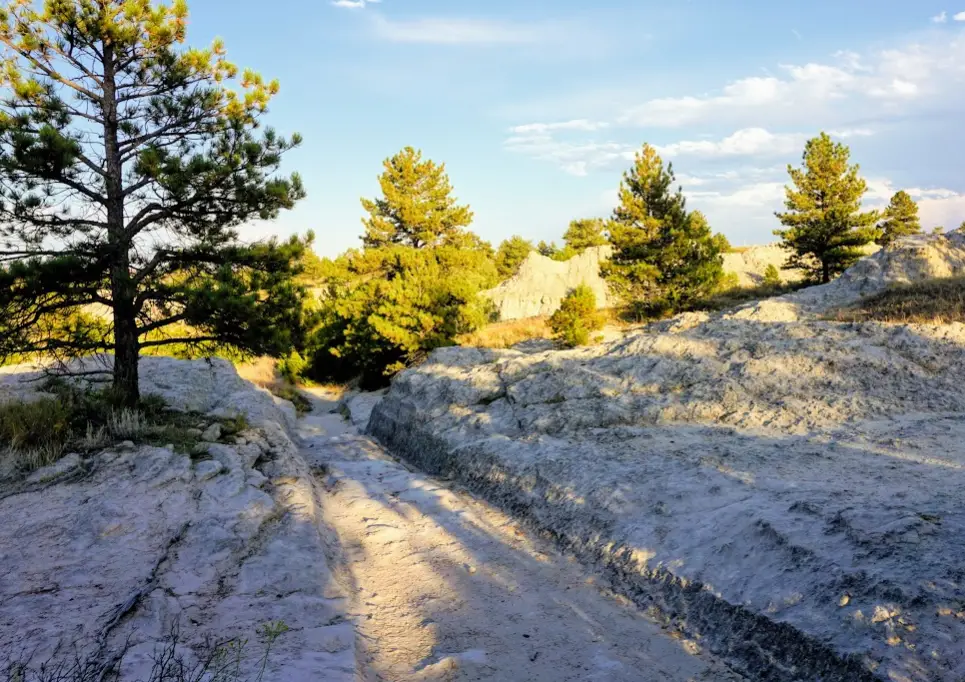
Photo: Frans Lambrechtsen (Sept 2018)
Before the thousands of settlers started migrating from the east in the 1840’s, the only inhabitants in the west were the mountain men, Native Americans, and the Spanish. The Spanish mostly stayed south in Mexico and the territories we now call…Arizona, California, and New Mexico. The mountain men worked hard (and alone most of the time). They set traps…mostly for beaver. The demand for fur in Europe was high. Beaver pelts could earn a mountain man enough money to pay for life’s necessities and more.
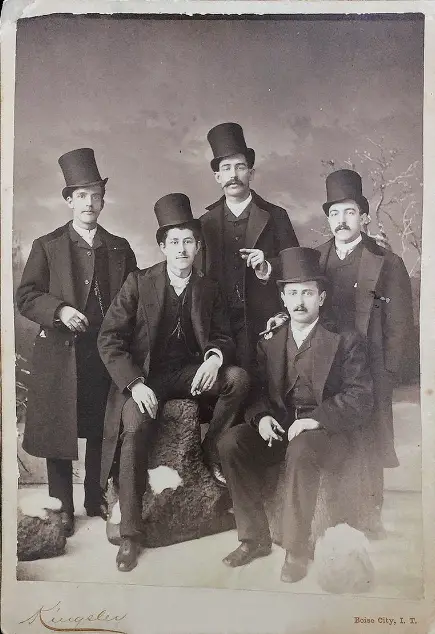
Photo: Kingsley Studio, Boise, Idaho
The mountain men and the fur trading companies (e.g. Hudson Bay Company, Missouri Fur Company, North West Company, American Fur Company, Rocky Mountain Fur Company, Pacific Fur Company, and others) that employed them got together once a year. It was usually in the spring or summer, at the end of the last trapping season and before the beginning of the new trapping season. They would turn over their pelts for money. Sometimes they would trade or barter their pelts directly for the things they needed: food, traps, weapons, gunpowder, clothing, pack animals, tobacco, liquor, knives, and more.
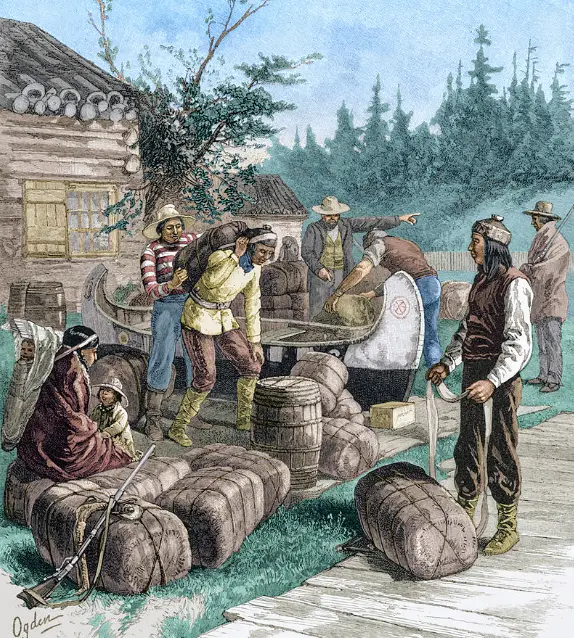
Painting: Henry A. Ogden (January 1882)
When all of these mountain men, their employers, suppliers, and all other interested parties got together it was called a rendezvous. It is the French word for a meeting at a certain place and time. Today, a “meeting” like this might be called a…fair. There was hustle and bustle. The winters in the Rocky Mountains were cold and long. The rendezvous was a chance to relax and let loose a little. Or a lot! It was a chance to eat, drink, tell tall stories, meet old friends (or enemies), recharge, resupply, and then go out and work hard again.
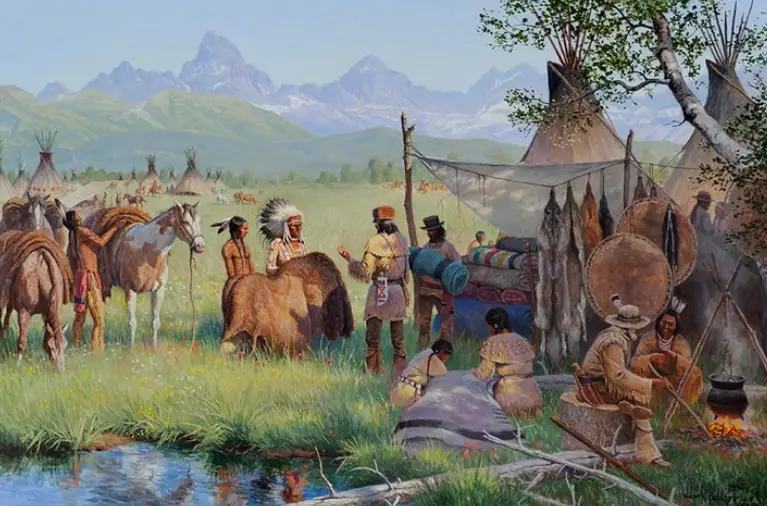
Painting: Clark Kelley Price (2010)
The Rendezvous of 1832 took place at Pierre’s Hole, a small but beautiful valley on the western slope of the Grand Teton Mountain Range. It is very near present-day Driggs, Idaho. Now, it is called the Teton Basin or the Teton Valley. The valley was called Pierre’s Hole to remember Pierre Tivanitagon. He was a trader with the Hudson’s Bay Company. He was killed in a battle with Blackfoot Indians in 1827.
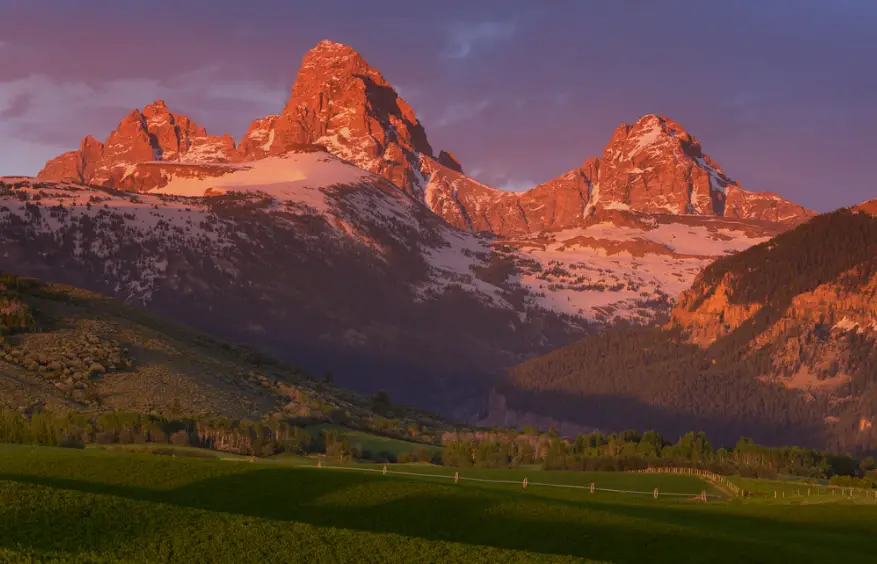
Photo: Flickr/Ryan C. Wright (Jun 2013)
At the end of the Rendezvous of 1832 a battle took place between a group of Gros Ventre (pronounced “Grow-von” in French) and a party of American trappers. The trappers were helped by two bands of Native Americans, the Nez Perce and Flathead. The battle was serious. It happened only eight miles from Pierre’s Hole. At least 26 Gros Ventre were killed. Losses on the other side were about a dozen trappers and Flatheads.
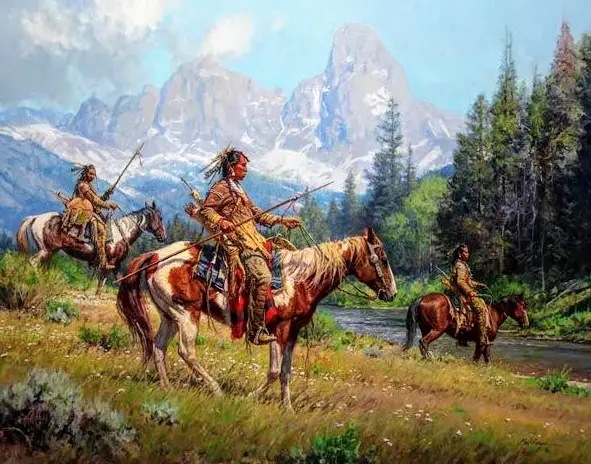
Painting: Martin Grelle
Today, Pierre’s Hole is not forgotten.
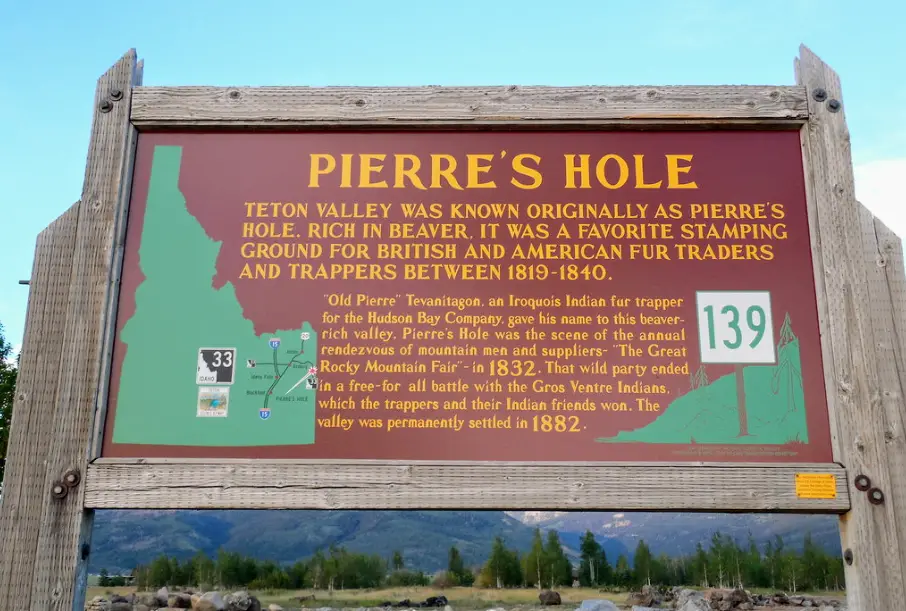
Photo: Flickr/Jimmy Emerson (Jul 2016)
The area is still amazingly beautiful, nestled in the shadow of the Grand Teton peaks. West of the Teton Basin are dry farms of wheat and barley that stretch for miles into the distance. Mountain men? They are still around. Now, instead of a horse and a string of pack animals following behind, the modern mountain men come to Pierre’s Hole and camp in their lifted trucks of the Ford, Chevy, and Dodge variety.
Have a “hankering” to see some beautiful country…where deer, elk, and Grizzly bears once roamed freely? Then take a short detour off your trip to Yellowstone and the Tetons and make your own rendezvous with Pierre’s Hole.
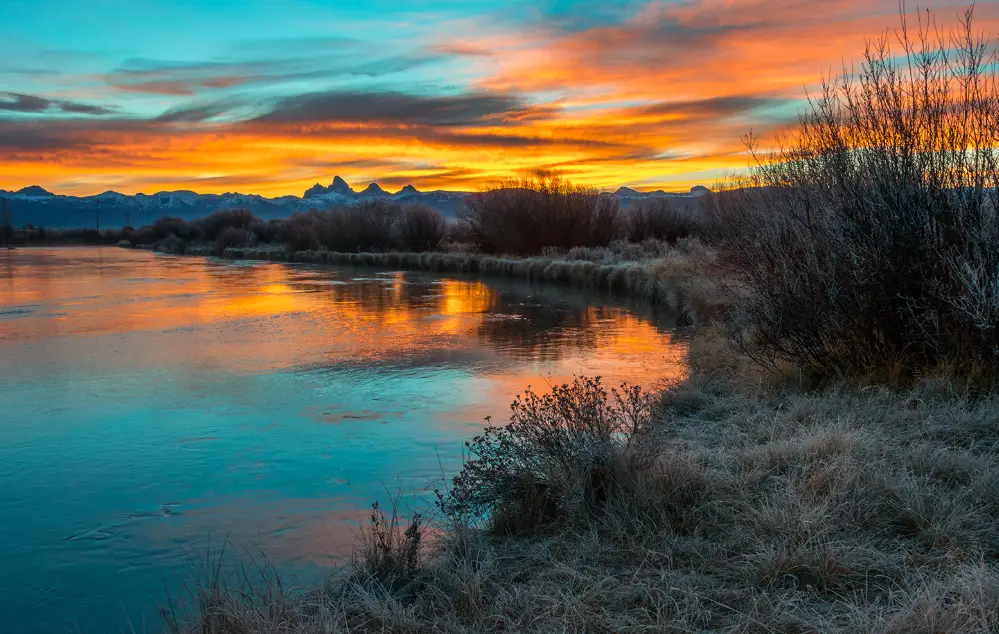
Photo: Flickr/James Neeley (Nov 2014)
Bear Claw Chris Lapp: “Watch your top knot.”
Jeremiah Johnson: “Yep, watch your’n.”

Thanks for another awesome article!
“A fine figure of a man! Yes?”
Thanks. That Robert Redford/Sydney Pollack film is a classic, if not overall then certainly from the 70s. There are so many quotable lines in that film. Great writing. Great cinematography. And, yes, Jeremiah Johnson, was a fine figure of a man! 🙂
That’s a great story; thank you so much. I was intrigued by the “Gros ventre” which means big belly in French but applies to an Indian tribe, see https://en.wikipedia.org/wiki/Gros_Ventre. I am also quite sure that the mountain men often used trails that had already been developed by the Indians. We have the same here with our Maori people who guided early explorers through some very tricky terrain. I like your illustrations. I am looking forward to your explanation of Jeremiah Johnson “liver eating” nickname.
Nick, thanks for your comment. I did not know that “gros ventre” means “big belly” in French. Considering the names given to other tribes in the area (e.g. Blackfeet, Flathead, etc.), we can guess how they came by the name. I think you’re right about the indigenous people introducing early European explorers to trails used previously. Example: the Lewis and Clark expedition was helped many times by indigenous tribes to find their way through and over land they did not know. That was 1803 – 1806, well before most “mountain men” started exploring the western regions of America.